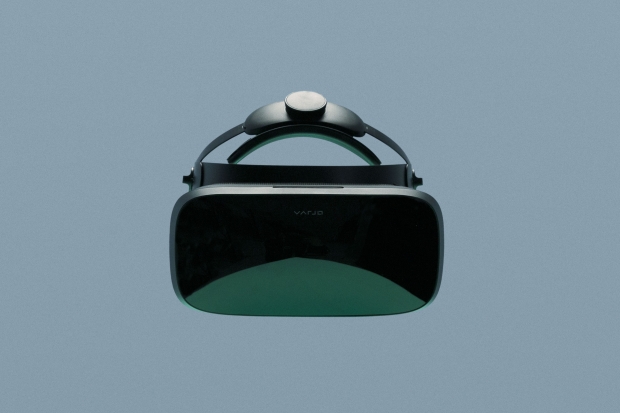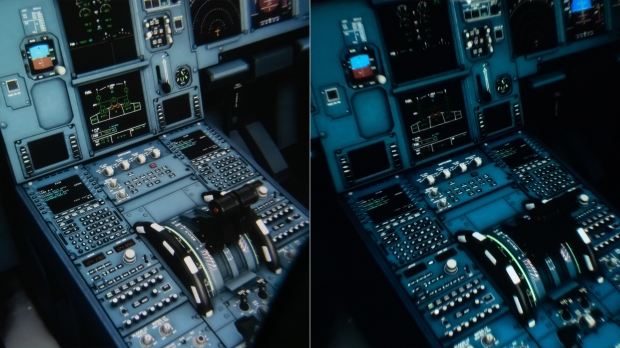Varjo announced the Aero headset, a cheaper version of its enterprise-focused VR hardware that doesn't carry an annual licensing fee. The hardware is not really meant for consumers, but you can buy one if you have the money.

Varjo makes some of the most advanced VR headsets available on the market. Its claim to fame is its proprietary bionic display, which incorporates a micro OLED display embedded inside a larger mini LED display panel. Varjo's flagship headset, the $5000 XR-3, includes dual Lidar cameras for lifelike passthrough AR experiences. The Varjo Aero is much cheaper because it doesn't have either of those technologies, but it's still an impressive piece of tech.
"We've heard the demand from leading-edge VR users such as aviators, creators, and racing simulation enthusiasts to bring our highest-fidelity devices to everyone, not just enterprises," said Urho Konttori, founder and CTO of Varjo. "As a result, we are proud to bring to market Varjo Aero, the best VR headset that anyone can get. This device, together with our Reality Cloud platform, continues our mission to make a true-to-life metaverse accessible for all."

The Varjo Aero shares the same overall shape and industrial design as the XR-3, including the unique forehead adjustment strap and visor angle adjustment dials. Instead of the bionic dual-panel display, the Aero uses a pair of mini-LED LCD panels with a resolution of 2880 x 2720 per eye. The displays run at 90Hz Varjo also incorporated its motorized IPD adjustment system and proprietary eye-tracking hardware into the headset.
"The new Varjo Aero enables high-quality graphics and professional-grade comfort at a more attainable price. Together, Varjo and Lockheed Martin's Prepar3D teams are continuously evolving our hardware and software platforms to enable a wide range of training devices that can meet the needs of training and simulation deployments of all sizes. Ultimately, this gives aviators the ability to train anytime, anywhere." - Chris Metel, Prepar3D Engineering Program Manager.
Varjo's marketing leading up to the launch made it sound like the company would be introducing a consumer-grade device. The Varjo Aero is a professional-grade device, but Varjo will sell the headset to anyone that wants one. The company believes that simulation fans will be the most likely to purchase the Aero because it brings games like Microsoft Flight Simulator and Project Cars 2 to life. Hardcore simulation fans are accustomed to spending big money on their hobby.

"The new Varjo Aero headset turbocharges the high-quality graphics and authentic immersion of Microsoft Flight Simulator. Our community of passionate flyers just unlocked access to the leading visual fidelity experience on the market. Varjo Aero and Microsoft Flight Simulator are a powerful combination for ambitious aviators everywhere." - Jorg Neumann, Head of Microsoft Flight Simulator at Microsoft.
Varjo is accepting orders for the Aero starting today. The headset will set you back $1,990, and you will need to provide SteamVR basestations and controllers on top of that. The first shipments for Varjo Aero headsets should go out before the end of the year.

